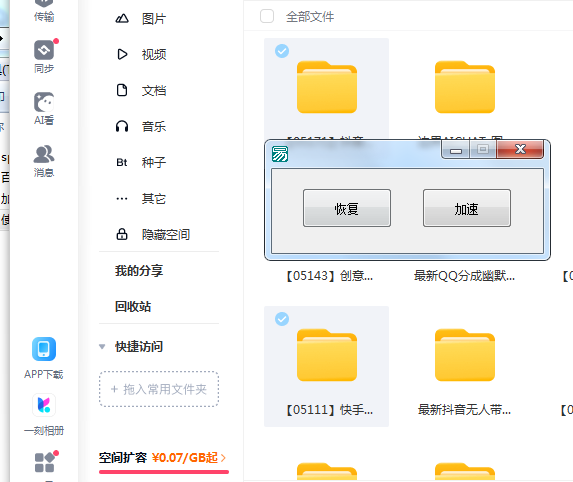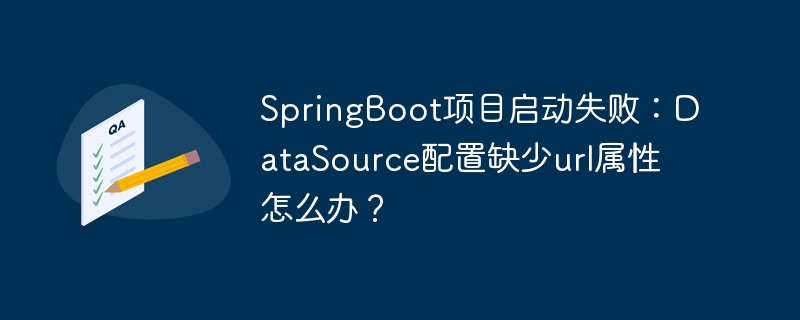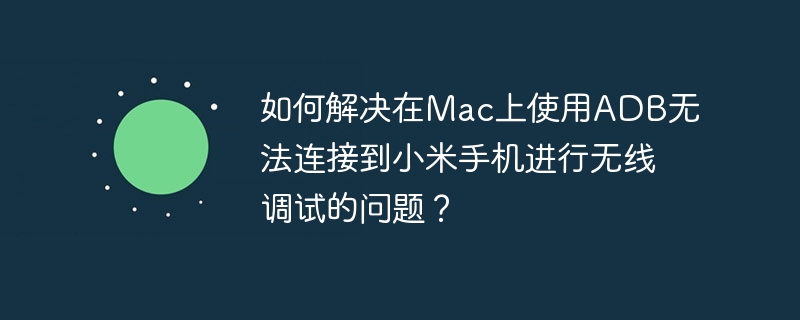
本文旨在解决在使用python的csv.writer模块时,输出csv文件内容被双引号包裹的问题。通过详细的代码示例和参数解释,展示如何正确设置csv.reader和csv.writer的参数,避免不必要的引号,并提供一个完整的解决方案,用于在指定CSV列中替换字符串。
问题背景
在使用Python的csv模块处理CSV文件时,有时会遇到csv.writer自动将数据用双引号包裹的情况,这通常是由于默认的quoting参数设置导致的。 如果不希望输出的CSV文件中包含这些额外的引号,就需要对csv.writer和csv.reader的参数进行适当的调整。
解决方案
核心在于正确配置csv.reader和csv.writer的参数,特别是delimiter、quotechar、escapechar和quoting。
关键参数解析
-
delimiter: 指定字段之间的分隔符。 默认为逗号 (,)。
立即学习“Python免费学习笔记(深入)”;
-
quotechar: 指定包围含有特殊字符(例如 delimiter)的字段的字符。 默认为双引号 (“)。
-
escapechar: 用于转义 quotechar 的字符。
-
quoting: 控制何时应用引号。 常用的选项包括:
- csv.QUOTE_ALL: 引用所有字段。
- csv.QUOTE_MINIMAL: 只引用包含 delimiter、quotechar 或 lineterminator 等特殊字符的字段。 这是默认选项。
- csv.QUOTE_NONNUMERIC: 引用所有非数字字段。
- csv.QUOTE_NONE: 不引用任何字段。 当使用此选项时,必须同时指定 escapechar,以便转义 delimiter。
代码示例
以下代码展示了如何使用csv.reader和csv.writer,并禁用引号,以及如何在指定列中替换字符串:
import csv, io import os, shutil result = {} csv_file_path = 'myreport.csv' columns_to_process = ['money1', 'money2'] string_to_be_replaced = "." string_to_replace_with = "," mydelimiter = ";" # check file existence if not os.path.isfile(csv_file_path): raise IOError("csv_file_path is not valid or does not exists: {}".format(csv_file_path)) # check the delimiter existence with open(csv_file_path, 'r') as csvfile: first_line = csvfile.readline() if mydelimiter not in first_line: delimiter_warning_message = "No delimiter found in file first line." result['warning_messages'].append(delimiter_warning_message) # count the lines in the source file NOL = sum(1 for _ in io.open(csv_file_path, "r")) if NOL > 0: # just get the columns names, then close the file #----------------------------------------------------- with open(csv_file_path, 'r') as csvfile: columnslist = csv.DictReader(csvfile, delimiter=mydelimiter) list_of_dictcolumns = [] # loop to iterate through the rows of csv for row in columnslist: # adding the first row list_of_dictcolumns.append(row) # breaking the loop after the # first iteration itself break # transform the colum names into a list first_dictcolumn = list_of_dictcolumns[0] list_of_column_names = list(first_dictcolumn.keys()) number_of_columns = len(list_of_column_names) # check columns existence #------------------------ column_existence = [ (column_name in list_of_column_names ) for column_name in columns_to_process ] if not all(column_existence): raise ValueError("File {} does not contains all the columns given in input for processing: File columns names: {} Input columns names: {}".format(csv_file_path, list_of_column_names, columns_to_process)) # determine the indexes of the columns to process indexes_of_columns_to_process = [i for i, column_name in enumerate(list_of_column_names) if column_name in columns_to_process] print("indexes_of_columns_to_process: ", indexes_of_columns_to_process) # build the path of a to-be-generated duplicate file to be used as output inputcsv_absname, inputcsv_extension = os.path.splitext(csv_file_path) csv_output_file_path = inputcsv_absname + '__output' + inputcsv_extension # define the processing function def replace_string_in_columns(input_csv, output_csv, indexes_of_columns_to_process, string_to_be_replaced, string_to_replace_with): number_of_replacements = 0 with open(input_csv, 'r', newline='') as infile, open(output_csv, 'w', newline='') as outfile: reader = csv.reader(infile, quoting=csv.QUOTE_NONE, delimiter=mydelimiter, quotechar='',escapechar='') writer = csv.writer(outfile, quoting=csv.QUOTE_NONE, delimiter=mydelimiter, quotechar='',escapechar='') row_index=0 for row in reader: for col_index in indexes_of_columns_to_process: # break the processing when empty lines at the end of the file are reached if len(row) == 0: break cell = row[col_index] columns_before = row[:col_index] columns_after = row[(col_index + 1):] print("col_index: ", col_index) print("row: ", row) print("cell: ", cell) if string_to_be_replaced in cell and row_index != 0: # do the substitution in the cell cell = cell.replace(string_to_be_replaced, string_to_replace_with) number_of_replacements = number_of_replacements + 1 print("number_of_replacements: ", number_of_replacements) # # sew the row up agian row_replaced = columns_before + [ cell ] + columns_after row = row_replaced # write / copy the row in the new file writer.writerow(row) print("written row: ", row, "index: ", row_index) row_index=row_index+1 return number_of_replacements # launch the function result['number_of_modified_cells'] = replace_string_in_columns(csv_file_path, csv_output_file_path, indexes_of_columns_to_process, string_to_be_replaced, string_to_replace_with) # replace the old csv with the new one shutil.copyfile(csv_output_file_path, csv_file_path) os.remove(csv_output_file_path) if result['number_of_modified_cells'] > 0: result['changed'] = True else: result['changed'] = False else: result['changed'] = False result['source_csv_number_of_raw_lines'] = NOL result['source_csv_number_of_lines'] = NOL - 1 print("result: ", result)
代码解释:
- 导入必要的模块: 导入csv, io, os 和 shutil 模块。
- 定义参数: 定义CSV文件路径、需要处理的列名、要替换的字符串、替换后的字符串以及分隔符。
- 文件检查: 检查CSV文件是否存在,以及分隔符是否存在于第一行中。
- 读取列名: 使用 csv.DictReader 读取CSV文件的列名。
- 检查列是否存在: 确保要处理的列存在于CSV文件中。
- 确定列的索引: 获取要处理的列的索引。
- 定义处理函数: 定义replace_string_in_columns函数,该函数打开输入和输出CSV文件,并使用csv.reader和csv.writer读取和写入数据。
- 关键在于设置reader = csv.reader(infile, quoting=csv.QUOTE_NONE, delimiter=mydelimiter, quotechar=”,escapechar=”)和writer = csv.writer(outfile, quoting=csv.QUOTE_NONE, delimiter=mydelimiter, quotechar=”,escapechar=”),这里quoting=csv.QUOTE_NONE禁用了引号,delimiter设置了分隔符,quotechar=”表示没有引号字符,escapechar=”用于转义分隔符。
- 在循环中,函数遍历每一行,并对指定列中的单元格进行字符串替换。
- 调用处理函数: 调用replace_string_in_columns函数来处理CSV文件。
- 替换文件: 用修改后的CSV文件替换原始CSV文件。
注意事项
- 务必仔细阅读csv模块的官方文档,了解每个参数的具体含义和用法。
- 在禁用引号时,要确保数据中不包含与delimiter冲突的字符,或者正确设置escapechar进行转义。
- 根据实际需求选择合适的quoting选项。
总结
通过正确设置csv.reader和csv.writer的参数,可以灵活地控制CSV文件的读写行为,避免不必要的引号,并实现各种复杂的文本处理需求。 在使用csv模块时,务必仔细阅读文档,理解每个参数的作用,才能编写出高效、稳定的代码。


















